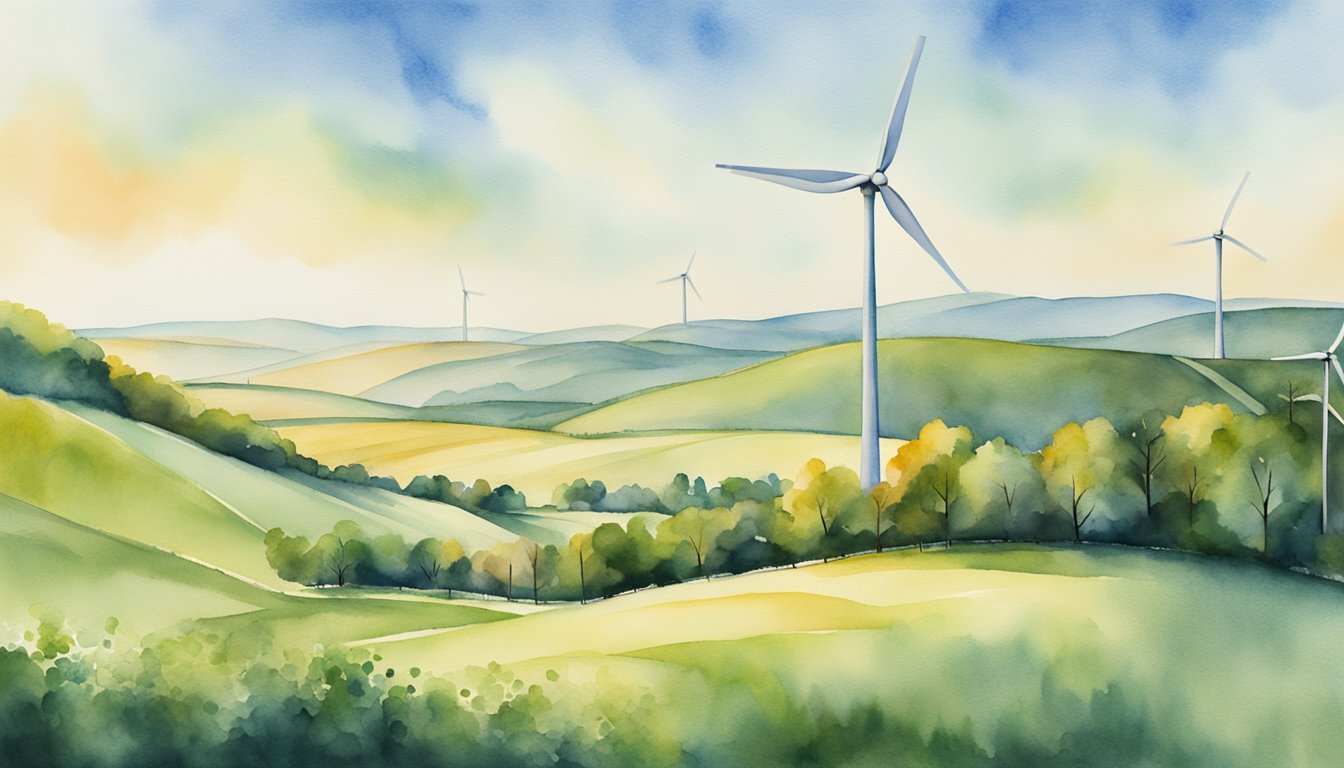Overview of Renewable Energy Costs
Evaluating the cost-effectiveness of renewable energy involves taking a closer look at long-term costs and benefits, trends in investment, and how economies of scale are tipping the balance. This section sheds light on various aspects of renewable energy economics.
Understanding LCOE and Renewable Technologies
Levelized Cost of Energy (LCOE) is a metric that represents the per unit cost (typically kilowatt-hour) of building and operating a generating plant over an assumed financial life and duty cycle. LCOE is crucial for comparing the cost of different sources of electricity generation. In the case of renewables like solar power and wind power, LCOE reflects both declining equipment costs and improvements in efficiency. For instance, solar photovoltaic (PV) systems have seen significant reductions in cost, due both to technological advancements and increased manufacturing scale.
Investment Trends in Renewable Energy
Investment in renewable technologies has been growing, which reflects a combined interest in reducing carbon emissions and the expanding economic viability of these technologies. The investment focuses not only on the deployment of utility-scale solar photovoltaics, but also on innovative renewable solutions and energy storage systems, ensuring that renewable power can meet demand even when the sun isn’t shining or the wind isn’t blowing.
Impact of Scale on Renewable Power Economics
Economies of scale have a profound impact on the economics of renewable energy. Larger scale operations typically mean lower per unit costs, due to factors like optimized supply chains and larger production runs. For instance, the rapid expansion of utility-scale solar arrays has contributed to a considerable decrease in operating costs, making solar energy increasingly competitive with traditional fossil fuels. Additionally, fuel costs for renewables like solar and wind are essentially zero, which can over time lead to lower electricity prices once initial investment costs are recouped.
Comparative Analysis

Exploring the financials surrounding renewable energy quickly unveils intriguing contrasts with traditional fossil fuels, alongside variations among different global regions, and the anticipated economic journey of energy production.
Renewable Energy vs Fossil Fuels
When examining the cost of renewables versus fossil fuels, it’s paramount to factor in the levelised cost of electricity (LCOE), which measures lifetime costs divided by energy production. Recent studies suggest that renewables are increasingly competitive, often rivaling or undercutting the cost of coal and gas. Additionally, the International Renewable Energy Agency (IRENA) reports a consistent decline in the costs of renewable power generation technologies.
Renewables in Different Regions
The dynamics of renewable energy costs are influenced by regional factors, resulting in geographical disparities. For instance, in Southeast Asia, regulatory frameworks significantly impact the investment and market for green power, with some areas benefiting from cheaper renewable options. Economic growth, as well as the political will in low- and middle-income countries, plays a crucial role in the adoption and development of renewable energy infrastructure.
Future Projections of Energy Costs
Future trends point towards a continuing decrease in renewable costs. This tendency is fueled by technological advances, economies of scale, and more competitive supply chains. IRENA projects that by 2020, all renewable power generation technologies now in use will fall within the fossil fuel-fired cost range, with most at the lower end or undercutting fossil fuels entirely. This signals a profound shift in the economics of energy, where renewable sources may not only become preferable for environmental reasons but also for their cost-effectiveness.
Socio-Economic and Environmental Impact

Renewable energy is making waves not just in how we power our homes and devices, but also in how it shapes economies and environments. With a growing shift toward cleaner energy sources, the socio-economic and environmental landscapes are right to evolve in surprising ways.
Effects on Climate Change and Public Health
Renewable power generation presents a viable solution to mitigate climate change by reducing carbon emissions from fossil fuels. When they embrace wind, solar, and hydro energy solutions, societies witness a significant drop in air pollution — a win for public health. Communities breathe cleaner air, reducing the incidence of respiratory diseases often linked to pollutants from traditional energy sources.
Job Creation and Energy Transition
As the world moves toward a net zero carbon future, jobs are shifting from the fossil fuel industry to clean energy sectors. This energy transition doesn’t just promise new employment opportunities; it demands them. Workers are needed to install solar panels, construct wind turbines, and maintain the growing grid of renewable energy infrastructure. It’s a gold rush of sorts, with green jobs now fueling the economy just as oil and coal once did, possibly with greater stability and growth potential.
Policy Framework and Government Subsidies
Policies and subsidies are instrumental for fostering the growth of renewable energy. They can either make or break the momentum towards clean energy transitions. Government incentives and financial support often play pivotal roles in reducing the initial high costs of renewable technology, making it more accessible and competitive against traditional energy sources. Subsidy schemes, when well-structured, aren’t just a helping hand — they’re the blueprint for energy security.

